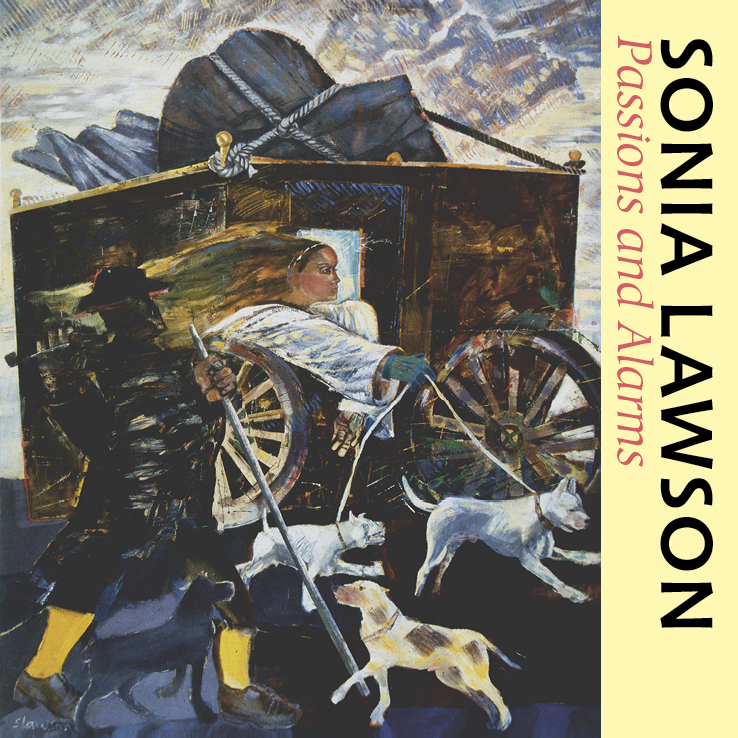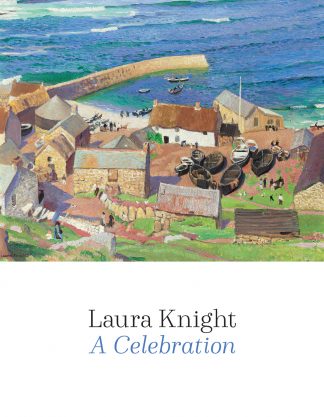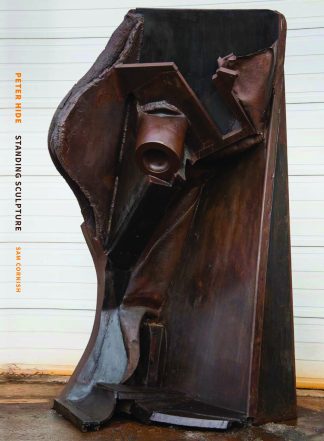Description
260 x 260mm
144pp
softback
ISBN 978-1-908326-62-1
Sonia Lawson is an artist whose work constantly resonates with the new, her images transforming a commonplace activity into an epic event.
Born in the Yorkshire Dales into a family where both her mother and father were well respected painters, Lawson has developed her own idiom in paint, yet has never been afraid to embrace new forms and ciphers for her work.
This much-needed monograph traces her very personal style from the semi-abstract early paintings, moving into her vision of artist as witness: a darker period recording injustices on canvas. From this sombre palette she turned to raw pigments and a personal mythology, with rosy sculptural images of warmth and light. Currently she has returned to a form of abstraction whereby her work is ‘compressionism’ (her term), compacting the canvas with colour and meaning. Layers of paint can be read as abstracts, yet these surfaces are inscribed and scored with denizens to reveal a figurative dimension. She says ‘the result should be a “compression” like vegetation becoming coal, a tough, simple parcel packed with pent-up energy.’
Lawson’s recent work is a sort of Rosetta Stone, at times intriguingly arcane and inscribed with living, jostling beings, depicting the elemental. It is a rich tapestry and with a sense of the absolute, of something writ in stone which lends a positive determinism to the ongoing journey.
This monograph simultaneously traces Sonia Lawson’s academic and personal history, illuminating her outlook and her dramatic and diverse oeuvre.
Nicholas Usherwood is a curator, art critic and writer on contemporary art and culture. He has written for publications including The Guardian, The Times, The Daily Telegraph, The Sunday Times, Arts Review and Resurgence and has been Features Editor of Galleries magazine since 1998. His several books include, for Sansom & Company, a monograph on the artist Evelyn Williams.




